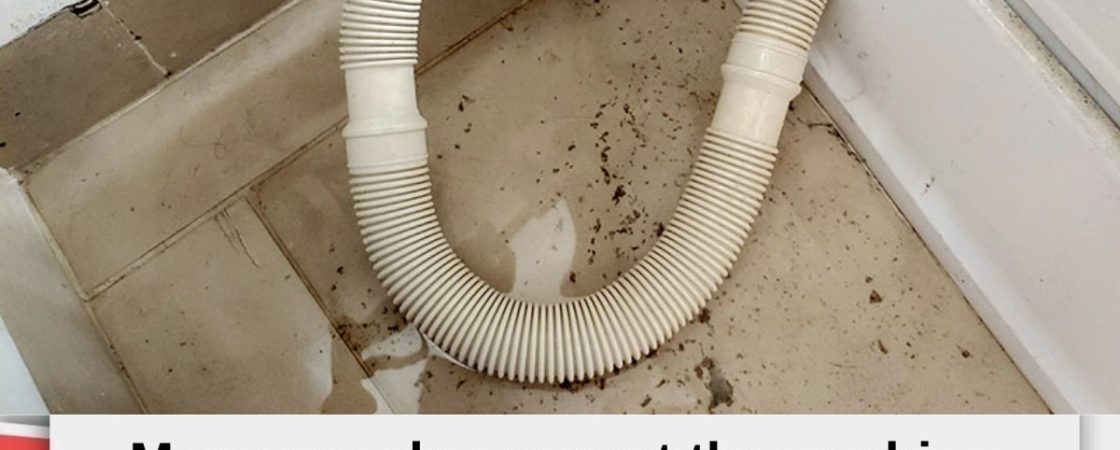Nowadays, doing laundry is almost impossible without the help of a washing machine in most households. With a washing machine, you just need to put the clothes in, and they will be automatically washed without any effort, which is convenient and ensures cleanliness.
Having a washing machine frees our hands from the chore of washing. However, many families have the habit of placing the washing machine in the bathroom because it is waterproofed and has a floor drain to easily drain the water.
Most of us often plug the washing machine’s drainage hose directly into the floor drain. However, doing this over time can lead to many problems, such as the growth of bacteria and unpleasant odors. So, if not plugging the drainage hose into the floor drain, what should we do? Let’s explore the solution below!
Plugging the washing machine’s drainage hose into the floor drain is actually not the correct method. Here are the risks you may face when adopting this habit:
Easy bacteria growth
When you plug the washing machine’s drainage hose into the floor drain, dirt and bacteria from the drain pipes can flow back into the washing machine’s drainage hose. This results in clothes becoming dirtier with each wash and negatively affects skin health when wearing clothes that have been contaminated.
One of the most common places for unpleasant odors to develop in the house is the drainage system. Many families often neglect cleaning the pipes, and over time, residues accumulate and produce a foul smell. When the washing machine’s drainage hose is plugged into the floor drain, this odor can transfer to the washing machine, causing a bad smell on clothes.



